As an electrician, I have installed hundreds, if not thousands, of motion sensor-controlled lighting systems of all shapes and sizes. Ranging from a one-of exterior light to complete systems, I’ve learnt that motion sensor-controlled lighting is worth it but only if the correct motion sensor is selected and used for the right application.
Unfortunately, I have also been called in by customers when a badly thought-out lighting design has resulted in nothing but nuisance and annoyance. If you are questioning if motion sensor lights are a good idea, read on to find out if they are suitable for your situation or if they are best avoided, after all, there isn’t anything more annoying than a motion sensor light constantly triggering or plunging the occupants into unexpected darkness.
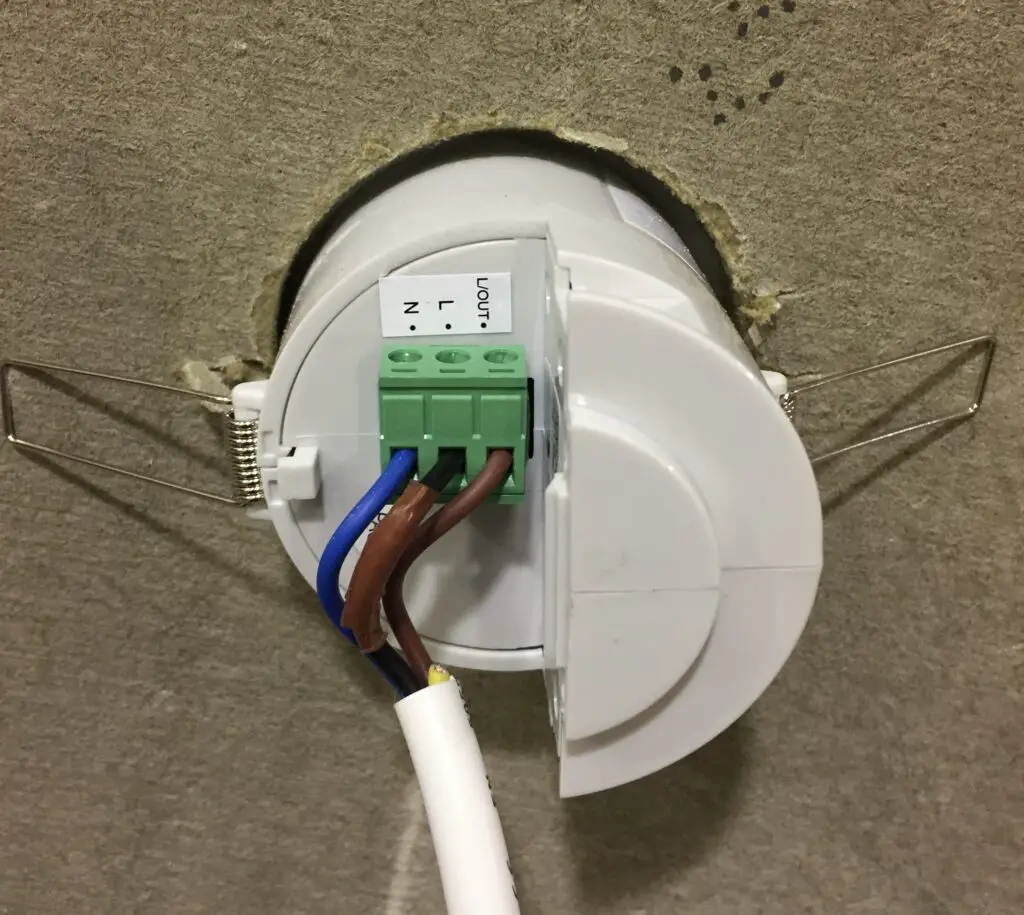
After installing hundreds of lighting systems I can safely say that motion sensor lights are worth it. Not only do they save energy but they are much more convenient than traditional switches. Be warned though, that it is vital to select the correct motion sensor for each area and situation.
Motion sensor lighting has been a common feature in commercial environments, such as offices for many years, but this technology is now making its way into the mainstream and homeowners are looking into the option for their own homes.
In my experience, there are areas where this is a great idea but there are also areas where it would be a real nuisance to try and use. motion sensors compared with traditional one or two-gang switches.
Are Indoor Motion Sensor Lights Worth It?
Motion sensor lights are worth it in short-duration occupancy areas such as bathrooms, corridors and cupboards to reduce lights being left on when not required. In rooms that commonly have longer periods of duration such as living rooms and bedrooms, motion sensors are likely not going to be worth it.
Are Motion Sensor Lights A Good Idea In Bathrooms and Corridors?
Bathrooms and corridors are ideal locations to install motion sensors to control lighting. These are rooms that we spend little time in and are notorious for having the lights left on when unoccupied. This is perfectly suited to motion sensors as we can set the duration to 20 minutes and they will automatically turn off after this time period of not detecting movement.
It’s important to set this duration correctly. If you have ever been in a toilet at work or in a public restroom and had the light switch off whilst you are still in there, you know how annoying it can be. Depending on the type of sensor and its positioning depends on how much movement it picks up. If the sensor is positioned wrong, no amount of arm waving will help!
That being said, assuming the motion sensor is set up correctly, having the lights automatically turn off will not only save energy, but the fact that they come on when detecting motion prevents the need to fumble around in the dark looking for a switch when visiting the loo at night. Overall, I would say that motion sensors to control the lights in areas such as bathrooms, hallways and cupboards is a good idea.
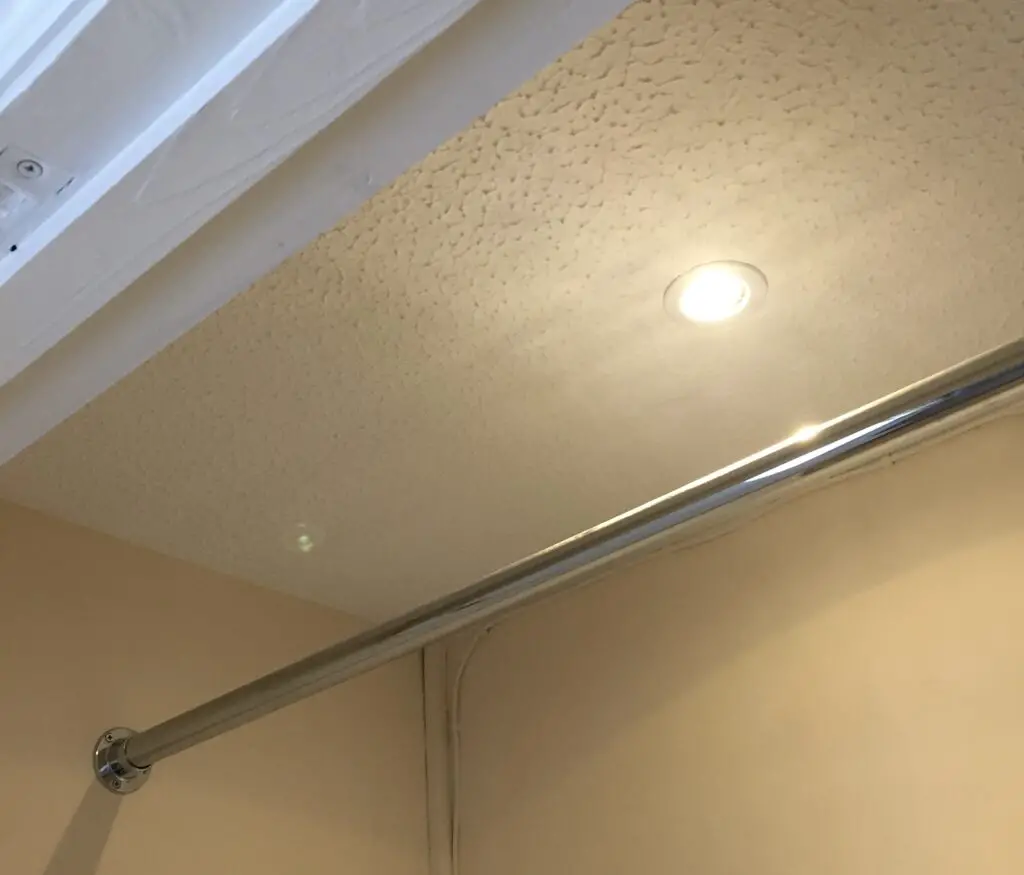
Are Motion Sensor Lights a Good Idea in Bedrooms and Living Rooms?
In my experience placing motion sensors in bedrooms and living rooms is generally a bad idea. Typically in these rooms, we want more control. Often we want to turn the lights off to watch a movie or put a side light on instead for a better ambience, with traditional motion sensors we can’t have this control.
Absence detectors may be a possibility instead. We still turn the lights on and off via a switch on the wall, but if the absence detector doesn’t detect any movement for a set duration, say 30 minutes, it will automatically turn the lights off. This may be a good idea in theory, but typically it takes more movement than you may think to trigger a sensor, especially an infrared sensor.
It’s highly likely in the scenario above that you could be sitting on the sofa for 30 minutes and the lights would suddenly go off because the sensor hasn’t picked up any movement. Using more sensitive equipment such as microwave sensors (Amazon link) would be one solution to the problem, but in my opinion, installing motion sensors in bedrooms and living rooms isn’t a good idea.
Are Outdoor Motion Sensor Lights Worth It?
Motion sensors are common in outdoor lighting setups and are worth it in nearly every situation. Most homeowners who have an exterior floodlight to light up the path when they arrive home will know how useful they are.
I would always advise considering having an outdoor motion sensor working in conjunction with a time clock. An exterior light that is constantly triggering at night is not only annoying to people in their homes but also has a negative impact on the wildlife in the area. By utilising a time clock the light can be set to switch off late at night and not react to any movement it detects.
If we are talking about outside lighting used for ambience, perhaps around a swimming pool or jacuzzi (for those lucky few that have them) a downside of motion sensor control is the inability to have the lights stay on. One possible solution is to set the duration on the sensor for as long as possible. Overall, in my experience, outdoor motion sensor lights are definitely worth it both for you and the wildlife around.
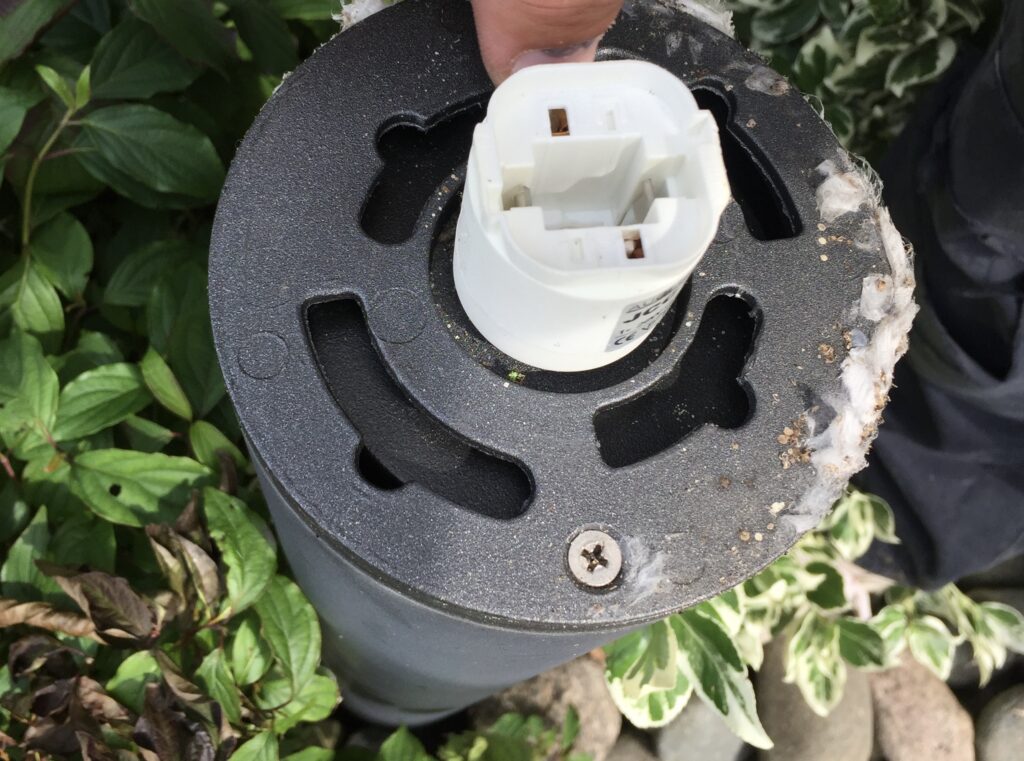
Environmental Benefits of Motion Sensor Lights
We have mainly talked about the pros and cons of motion sensor lighting so far in terms of convenience and functionality but for many one of the most important benefits is the environmental factor. Having lights that only turn on when they detect motion can be a great way to save energy.
Having our lights controlled by sensors will mean they are illuminated less which reduces our carbon footprint, saves us money on our energy bills, reduces light pollution which is becoming a real problem in urban areas and increases the lifespan of our LED lights.
I guess we should point out the obvious though, in that not installing unnecessary lighting is a better way to save energy regardless of if they are on a sensor or not. If we decide to install lighting all around the exterior of our property, regardless of the controls used, we are still increasing our environmental impact.
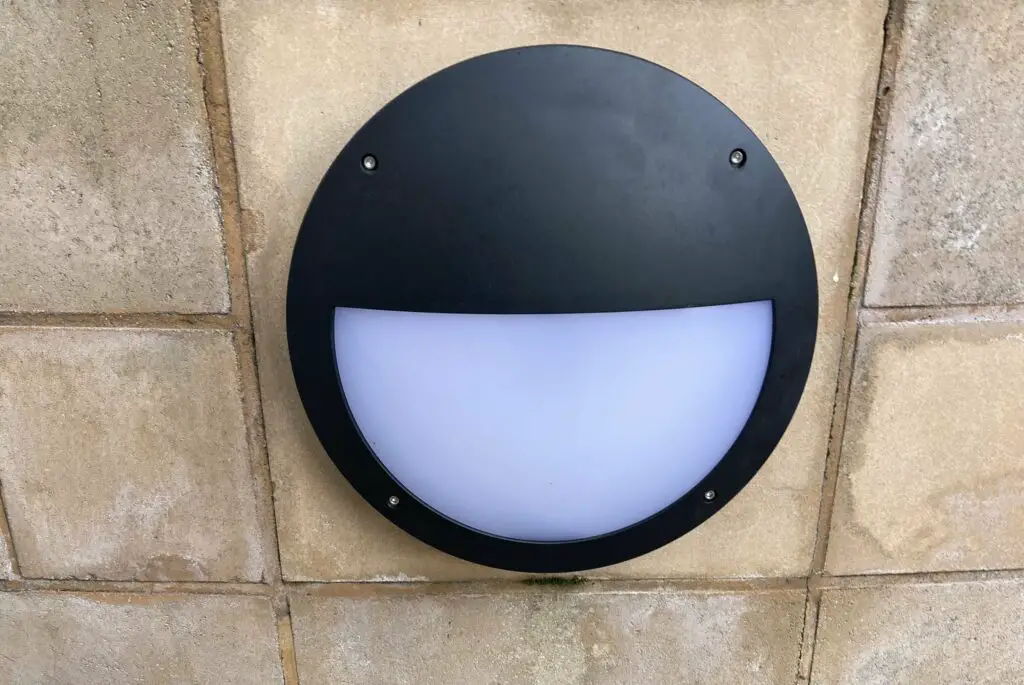
Cost-effectiveness of Motion Sensor Lights
If we focus on the cost savings of reduced energy consumption motion sensors can be an appealing way to control our lighting and offset some of the higher material and installation costs. With LEDs being energy efficient, saving up to 90% energy compared with traditional bulbs, the costs in saved energy may not be huge, but added up to a grand scale across the country, it all contributes and demonstrates we are doing our bit.
On a more micro and personal level the greater cost-effectiveness may be achieved by the longer lifespan of our LED lighting, they are illuminated less so we have to replace them less, but also by the ability to deter potential intruders.
Lighting has long been used as a security measure. A bright light that triggers when it detects movement may help deter potential burglars which would be very cost-effective compared to the damage they can cause.
Security Benefits of Motion Sensor Lights
The security benefits alone may make motion sensor lighting worth it. Some of the most common motion sensor-controlled lighting I install is on the exterior of properties where the owners want to illuminate people that may be in the area after dark.
This security benefit works in two ways. The increased light levels help people to feel safer out at night, imagine if there were no street lights when we were walking home after an evening out! The second benefit is to deter criminals from targeting the property. Illuminating the scene allows the security camera to get a much better visual of people in the area.
As well as general security, having motion sensor-controlled lights can help prevent accidents. I am currently in the process of installing some motion sensor lights on some exterior steps of a building. These lights are really cool because they turn on at night (via a photocell) and will sit at 10% illumination. When the motion sensor that is built into the light detects movement, like someone walking towards the steps, the lights illuminate to 100% brightness.
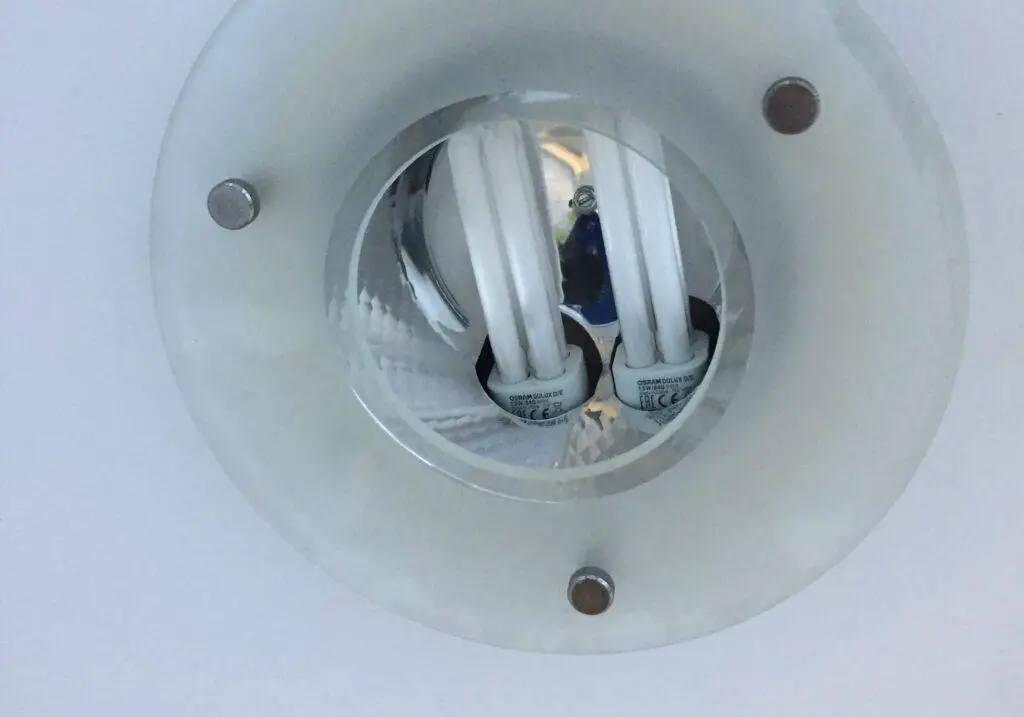
I really like this type of setup as the effect of going from 10% to 100% illumination looks really good in my opinion and is better than an all-on, all-off approach in this situation. For those interested though, this is a commercial installation I am referring to and the fittings cost around £220 each, so not a cheap install by any means.
Installation Considerations for Motion Sensor Lights
Motion sensor lights are only a good idea if they are installed and set up correctly. A badly designed system can cause nothing but problems and inconvenience.
The situation I referenced earlier regarding being on a public loo and the lights switching off happens because the sensor is positioned incorrectly, i.e only one in the main toilet entrance so it doesn’t activate to any amount of arm waving when sat on the loo, and also because the duration is set to short.
The selection, placement, angle and range are all important factors to take into consideration when designing a motion-controlled lighting system. Doing our homework by researching a little before purchasing is a good idea, or most good electricians will be able to help advise and design your lighting system for you.
I’ll also quickly add that light colour is an important factor. How ‘white’ or ‘orange’ the LED is (referenced by a ‘k’ rating on the light) will have a huge effect on the desired result. A poorly positioned LED light that is the wrong k rating will look too bright and glare from all angles.
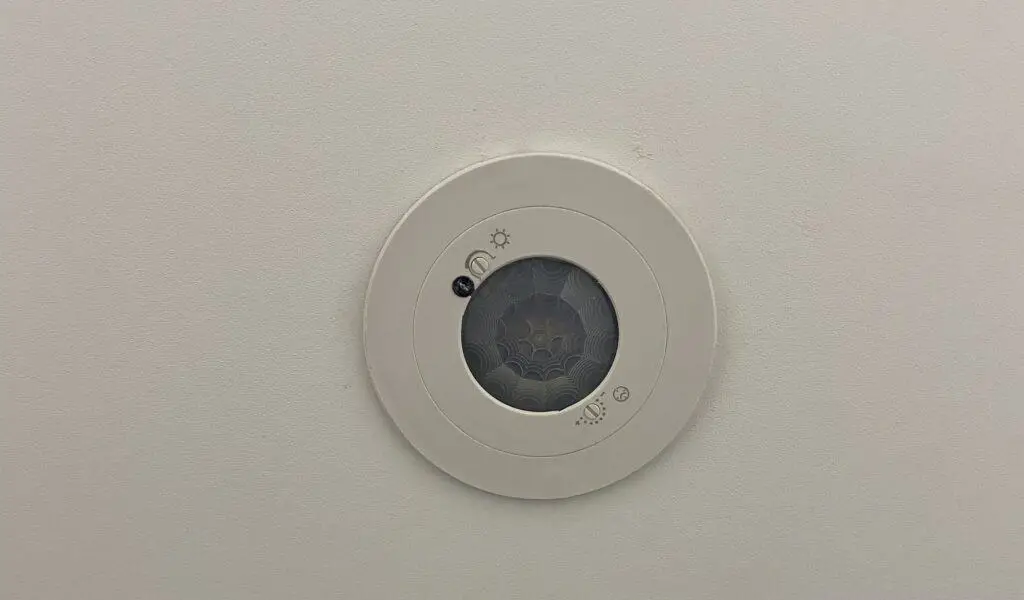
Potential Drawbacks of Using Motion Sensor Lights
In my experience as an electrician, motion sensor lights are worth it in the majority of situations and have many environmental benefits. That being said there are some drawbacks that we should be aware of. Some of these can be designed out by proper planning, but some are just an inherent downside to motion sensor-controlled lighting.
False alarms and the disturbance they bring can be perhaps the biggest downside of motion control lights. Motion sensors, especially those positioned outside, will detect movement from a wide range of people, animals and objects. If the light is positioned outside someone’s bedroom, even with the curtains closed, the constant on/off triggering can be annoying, to say the least.
The second biggest drawback in my opinion is still the cost. Motion sensor lights are significantly more expensive, so any cost savings made by reducing energy consumption may not be recouped. They can also be more tricky to install and the electrician may have to make adjustments to the wiring in order to fit them correctly.
The final downside I would say is that not all motion sensor lighting is created equally. The lights I referenced earlier at £220 per light fitting are well constructed with a wide range for detection. Unfortunately, there are plenty of ‘cheap and cheerful’ motion sensor lights out there that sacrifice range and accuracy to hit a price point. These can often be more trouble than they’re with and it’s worth investing in quality parts that are built to last.

